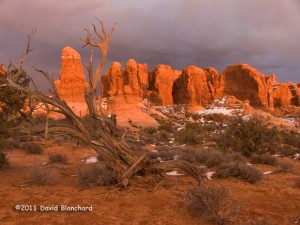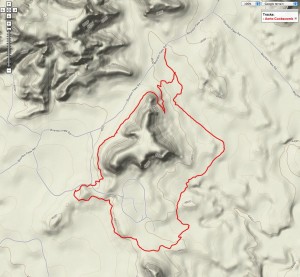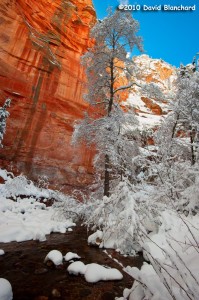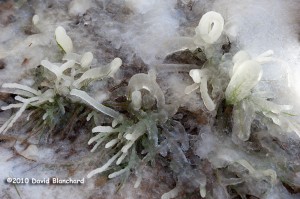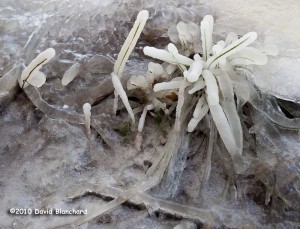The weather across much of the country has been very dramatic the past few days with snow storms, ice storms, strong winds, and brutal cold. Across Arizona we experienced exceptionally cold weather as the Arctic air mass settled in across the area. Strong northeast winds at the surface and aloft helped to drive the cold air across the Rocky Mountain barrier and deep into the southwest.
The northeast winds also created some fantastic wave clouds over the San Francisco Peaks, located to the north of Flagstaff. Normally, strong southwest winds roll across the Peaks and the best wave clouds are located to the northeast but this wind reversal resulted in a reversal of the wave clouds as well.

Even more interesting were the clouds that were forming just below the tops of the peaks. Strong winds from the northeast drove cold air into the Inner Basin on the east side then up and over the top of the peaks. As the air ascended thin wispy clouds would form. Just as quicky the air descended on the southwest slopes and the clouds evaporated.
The rapidly changing clouds and detailed structure were fascinating to watch. A time-lapse movie clearly shows this incredible dance of the clouds as it moves across the Peaks.

